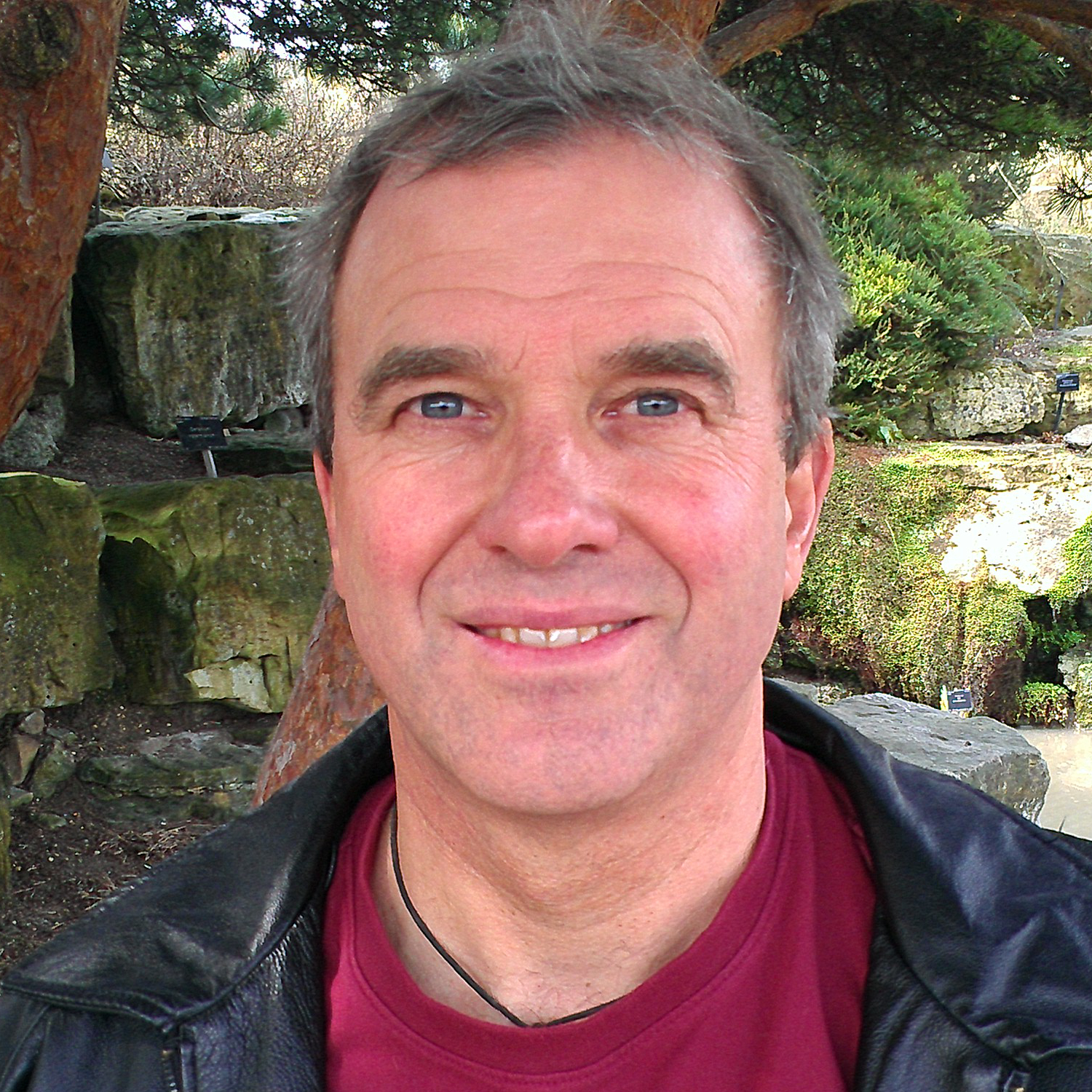
Forest Ecologist
Years of service: 1995-2024
Terrestrial
[email protected]
Benjamin P. Bryant, Tessa Maurer, Phillip C. Saksa, John D. Herman, Kristen N. Wilson, Edward Smith
The authors of this study analyzed how wildfires and forest restoration, specifically thinning and prescribed fire being implemented in the French Meadows Project in the central Sierra Nevada, could…Rodd Kelsey, Edward Smith, Tanushree Biswas, Chris McColl, Kristen Wilson, Dick Cameron
This report provides a systematic regional-scale assessment of biodiversity, fire regime change, and fire risk to infrastructure of forested watersheds across the Sierra Nevada and prioritizes…